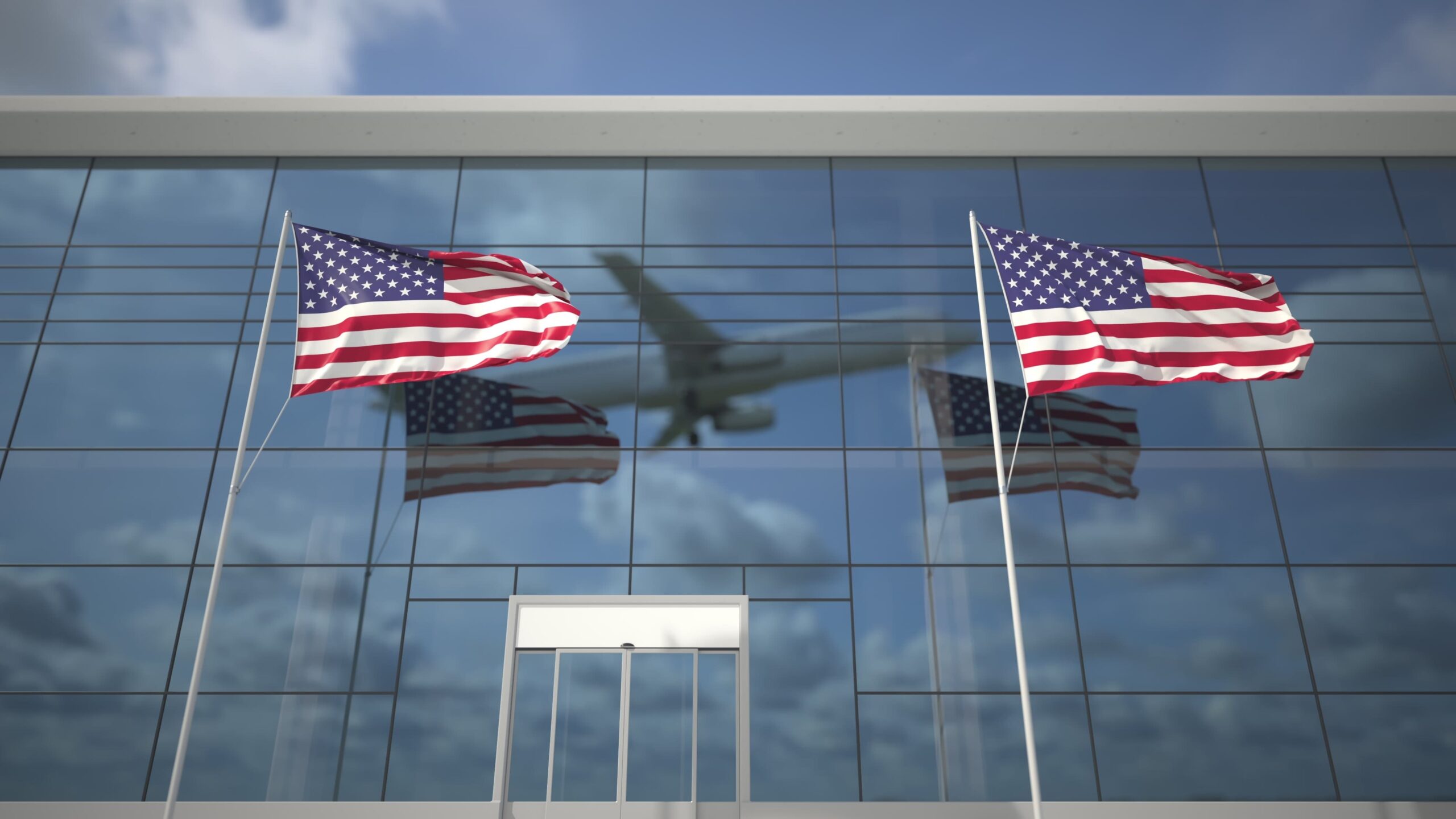The U.S. Border Patrol has implemented facial recognition software at all U.S. international airports. We explain below what travelers can expect when they enter the U.S. in the future.
Software update provides increased security.
CBP announced that all U.S. airports had been equipped with biometric facial matching technology. The border agency has provided 160 international airports with this technology since 2018.
This new technology will simplify international travel and provide greater security. This software, an essential milestone in the biometric exit and entry program, complements existing technologies for the biometric board.
Process acceleration with biometric systems
For several years, various biometric systems have been used at airports all over the globe. This technology is beneficial in large airports that have a large international population. It can be used at passport control or check-in to speed up the process.
The new facial recognition software will be used with the existing biometric system at exit and entry points.
“Simplified Arrival” takes a live picture of travelers arriving at the airport and compares it to biometrically stored facial information from passport or visa images, government documents, and checks for matches.
Similar systems are used by many airlines for automated boarding that is based on biometric information. This allows passengers to check their bags, pass security checks and board their planes.
Digitized airport
The future of airport processes could be automated using biometric systems. No further identification, such as a passport, would be required if all data was captured via facial recognition.
Travelers would need to consent to share their data to ensure uniform implementation. This data would be used to classify each passenger into different risk groups. Passenger groups at higher risk will be asked for additional data. This is, however, still a pipe dream.
Digitalized entry has many advantages.
The “Simplified Arrival” system was created to reduce the number of people waiting in long lines at U.S. immigration checks. It also speeds up the process as the identification of travelers can be captured more quickly than manual data comparison. The future will see border officials no longer need to match the traveler’s photo with their passport or visa. The persons will be photographed at the entry counter, and a computer-based automated comparison will occur with the entry document.
Face ID eliminates the need for fingerprinting travelers when they enter the country. However, it is only necessary to do so once they have entered the country. CBP claims that the Face ID software provides more privacy to travelers and a quick, contactless process that “enhances customer experience,” which is even more critical in times of pandemics.
The new system has been tested for some time, contributing to modernizing air travel. More than 170 million people have participated in face-matching via land, air, and sea.
CBP information states that facial biometric matching is only possible at points where travelers have to prove their identity using travel documents legally.
At the airport, passengers are photographed. A CBP officer then verifies the passport. Based on previous data, such as visas, passport documents, or checks done in the past, the traveler’s photograph is then pulled and compared to the current image. All data are available within a matter of seconds with an accuracy of 98%.
Privacy is taken seriously.
CBP is committed to privacy and has taken technical steps to protect it.
Images of U.S. citizens must be deleted within 12 hours. Images of non-U.S. citizens will be sent to a secure Department of Homeland Security system. The U.S. authorities are not revealing how images of foreigners will be used or for how long. There are many critics of the new system.
If you wish to avoid the new procedure or do not want your biometric data to be transmitted, you can declare this at the checkpoint. Officials will then verify that the information is correct.
If the system cannot match the photos, officials will use the proven method to verify that the documents are authentic and allow entry.
The Border Patrol and its responsibilities
U.S. Customs and Border Protection, part of the U.S. Department of Homeland Security, is responsible for protecting and managing the nation’s borders.
